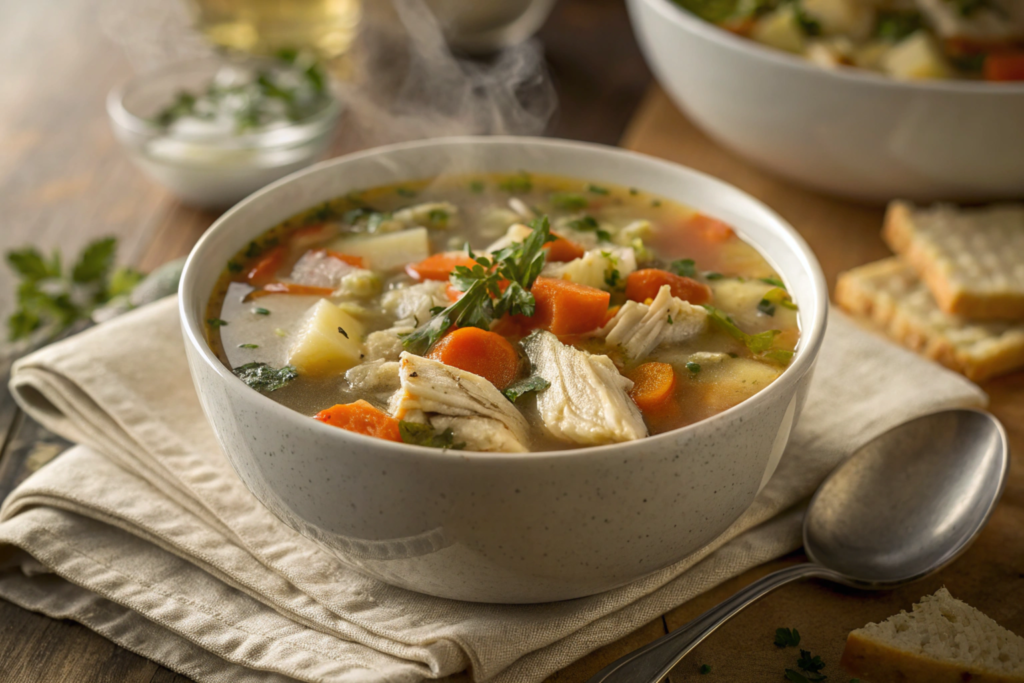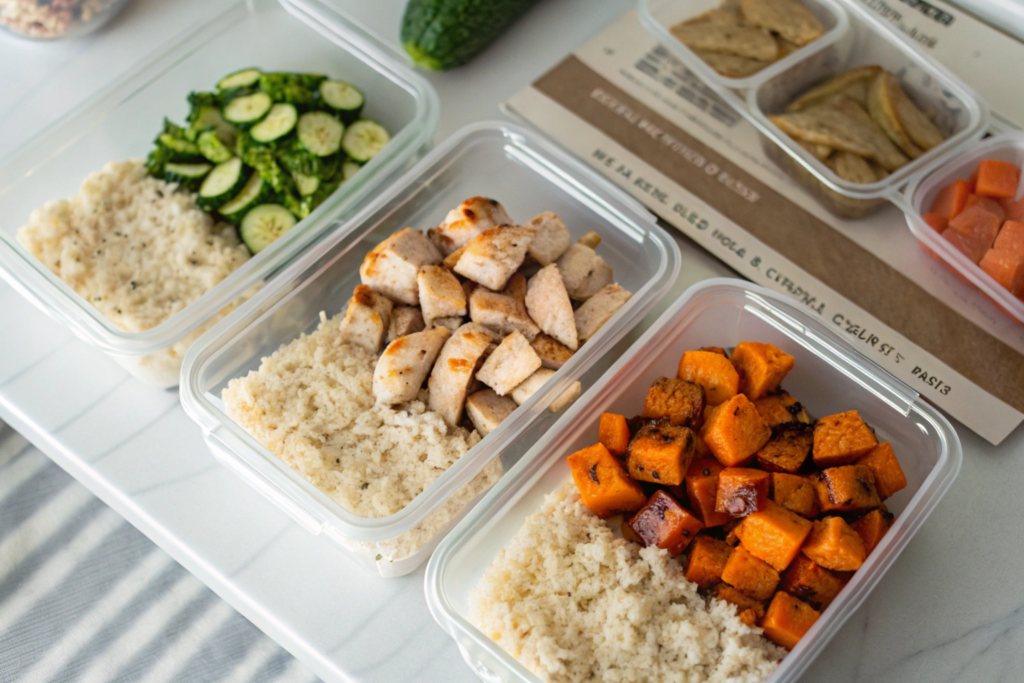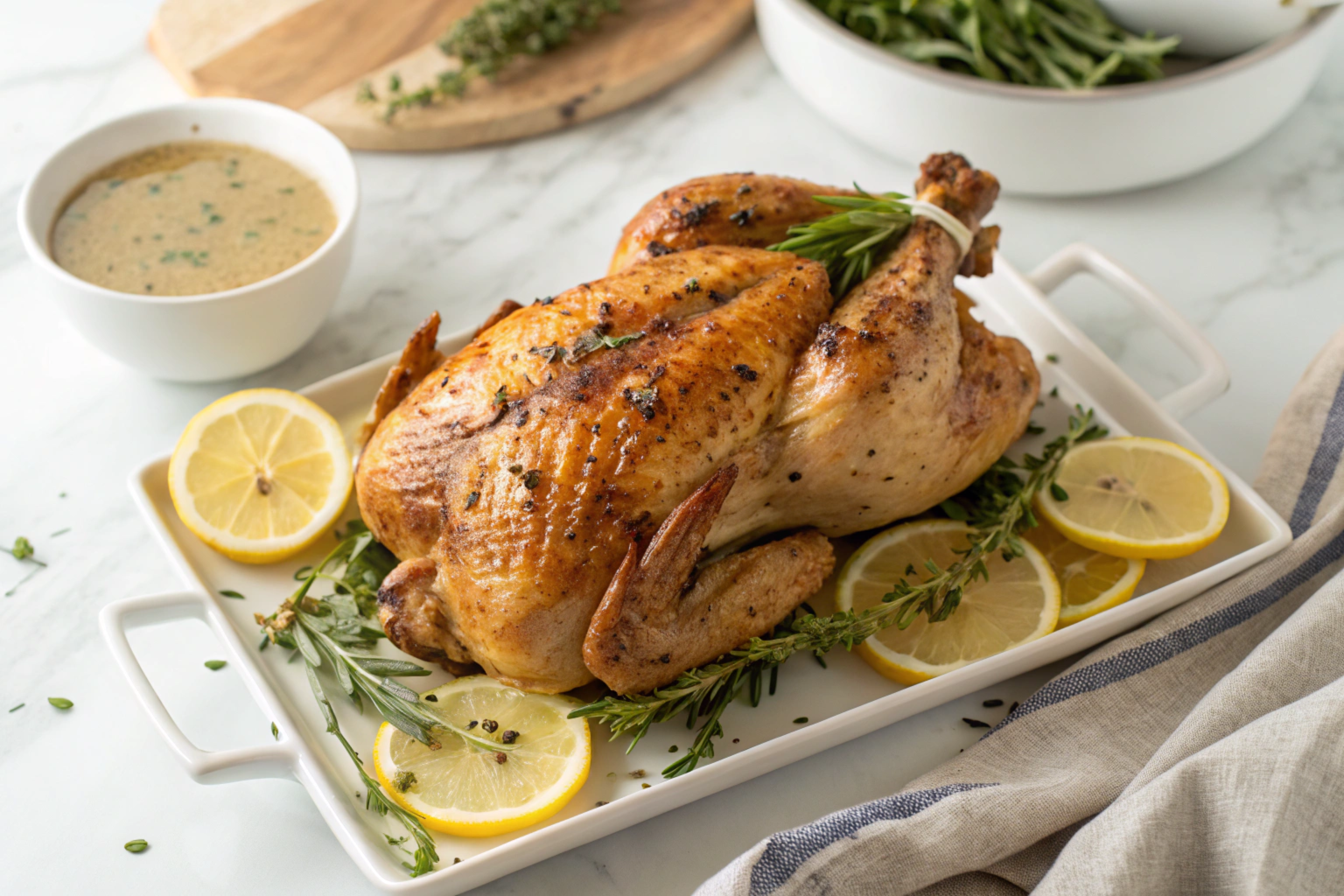Introduction
Cooking a pound of chicken can sometimes feel like a guessing game—especially when you’re trying to figure out how many pieces you need or how long to cook them. Yet, understanding the right measurements, cuts, and cooking methods can make all the difference. Throughout this article, we’ll explore various ways to measure 16 ounces of chicken, discover budget-friendly tips, compare this lean protein source to other meats, and even share some common pitfalls to avoid. Moreover, we’ll look at how to store and handle chicken safely while keeping it fresh. By the end, you’ll be ready to whip up delicious, healthy meals starring this versatile poultry staple!
Understanding the Basics of a Pound of Chicken
What Exactly Is a Pound of Chicken?
A pound of chicken simply refers to 16 ounces of poultry in total weight, which could be anything from boneless, skinless breasts to chicken thighs or drumsticks. Often, home cooks assume a single breast equals one pound, yet this can vary based on the size of the bird or the specific cut. It’s essential to consider the type of chicken—bone-in pieces weigh more per portion due to the bones, while boneless cuts typically provide more edible meat for your recipes.
Furthermore, recognizing these differences will help you plan family dinner ideas more accurately, ensuring you purchase and cook just the right amount. If you’re meal prepping or cooking for a crowd, you might want to calculate how many pounds you’ll need, especially when whipping up grilled chicken recipes or hearty soups.
Nutritional Value of 16 Ounces of Poultry
When you cook 1 lb of chicken, you’re dealing with a lean protein source that offers essential nutrients like vitamin B6, phosphorus, and niacin. Chicken also contains fewer calories than red meat, making it a popular choice for health-conscious eaters. By choosing the right chicken portion size and cooking methods—think baking, grilling, or stir-frying—you can make the most of your pound of chicken while keeping meals both tasty and nutritious.
How to Measure a Pound of Chicken Properly

Using a Kitchen Scale for 1 lb of Chicken
Knowing how to measure a pound of chicken accurately can save you time and ensure consistent results. First, place your kitchen scale on a flat surface and set it to zero, making sure to account for the weight of any container you might use. Next, place your chicken—whether it’s boneless, skinless chicken breasts or a few drumsticks—on the scale. Watch the reading until it stabilizes at 16 ounces of chicken, which equals exactly one pound.
Furthermore, consider measuring each piece if you plan to portion your chicken for meal prep. By doing so, you’ll know exactly how much protein you’re working with for each recipe. This helps you maintain consistent serving sizes and can also reduce food waste.
Estimation Methods Without a Scale
Sometimes you may not have a kitchen scale on hand. In that case, you can still gauge a pound of chicken by using visual or comparison methods. For instance, one average chicken breast can weigh around 6 to 8 ounces, so two of them often come close to 1 lb of chicken. However, bone-in pieces weigh more overall. Consequently, you might need three or more pieces to reach a full pound. Keeping these rough estimates in mind helps you avoid guesswork in the kitchen.
Popular Cooking Methods for a Pound of Chicken
Baking and Roasting Techniques
Baking or roasting a pound of chicken is a simple way to lock in flavors. First, preheat your oven to around 400°F (200°C). Then, season or marinate your chicken breasts or thighs with salt, pepper, and herbs before placing them on a greased baking sheet. Because oven temperatures can vary, always use a meat thermometer to confirm your chicken reaches an internal temperature of 165°F. Moreover, try adding seasonal vegetables to the pan for a wholesome one-dish meal.
Grilling and Barbecuing for Juicy Results
When the weather’s nice, grilling 16 ounces of chicken offers a smoky taste you can’t resist. Begin by preheating the grill and lightly oiling the grates. Next, use a flavorful chicken marinade that includes olive oil, garlic, and herbs to keep the meat tender. In addition, flip the chicken halfway through cooking to ensure even browning. Whether you’re making grilled chicken recipes for a weekend cookout or a quick weekday lunch, this technique brings out the best in your poultry.
Pan-Frying and Stir-Frying 16 Ounces of Chicken
If you prefer a quick cooking method, pan-frying or stir-frying works wonders for busy nights. First, heat a bit of oil in a skillet or wok over medium-high heat. Then, cut your pound of chicken into bite-sized pieces and season them. By cooking the meat in small batches, you’ll maintain even browning and keep flavors strong. Meanwhile, tossing in fresh veggies like bell peppers or broccoli can transform this lean protein source into a colorful, balanced meal.
Slow Cooking and Pressure Cooking Tips
Finally, slow cooking or pressure cooking is perfect for tender, fall-off-the-bone chicken. To start, place your seasoned poultry in the pot with broth or your favorite sauce. If you’re using a slow cooker, set it on low for six to eight hours. In contrast, a pressure cooker can complete the job in under 30 minutes. Because these methods seal in moisture, they’re excellent for family dinner ideas, meal prep, or soups. Remember to shred any leftover chicken for tacos or salads later on, making sure none of your pound of chicken goes to waste.
Pound of Chicken Recipe Ideas

Classic Baked Chicken Dinner
A pound of chicken can quickly become a classic baked chicken dinner that warms everyone’s heart. First, preheat your oven to 400°F (200°C), then lightly grease a baking dish. Next, season your chicken pieces—whether they’re boneless chicken breasts or bone-in thighs—with salt, pepper, and your favorite herbs. Furthermore, add a drizzle of olive oil on top to lock in moisture. Slide the dish into the oven and bake until the chicken reaches an internal temperature of 165°F. In fact, this method ensures you get tender, juicy meat every time. Additionally, try placing root vegetables like carrots or potatoes alongside the chicken for a one-pan meal that is both hearty and simple.
Healthy Chicken Salad with Seasonal Vegetables
Meanwhile, turning 16 ounces of chicken into a healthy chicken salad is easier than you might think. First, shred or dice cooked chicken, making sure it’s cooled before combining it with fresh greens. Moreover, opt for crisp lettuce, crunchy celery, and bright bell peppers to add color. Then, whisk together a light dressing made from Greek yogurt, lemon juice, and your favorite herbs. Not only does this salad taste refreshing, but it also leverages the lean protein source of chicken to keep you satisfied. Consequently, you can enjoy a nutritious lunch or dinner that’s both quick and budget-friendly.
Hearty Chicken Soup for Cozy Evenings
On brisk nights, there’s nothing like using a pound of chicken to create a comforting soup. Start by sautéing onions and garlic in a large pot. Then, add chopped carrots, celery, and shredded chicken to build layers of flavor. Afterward, pour in chicken broth—homemade chicken broth is ideal if you have it—and add thyme or bay leaves for added warmth. Once everything simmers, the flavors meld to form a soothing dish that can feed the whole family. In fact, this soup is perfect for meal prep, as you can freeze individual portions for later.
For more delicious recipes, check out our recipe article on the website. You’ll find ideas to spice up your pound of chicken in countless ways, turning a simple protein into a sensational meal.
Tips and Tricks for Buying and Storing a Pound of Chicken
Choosing the Right Cut of Poultry
Before buying 1 lb of chicken, decide which cut best meets your needs. On the one hand, boneless, skinless breasts are lean and cook quickly, making them suitable for salads and stir-fries. On the other hand, chicken thighs tend to hold more flavor, thanks to their slightly higher fat content. Moreover, if you’re planning to make soups or stews, bone-in pieces can add extra richness. Ultimately, picking the right cut helps you get the most out of your pound of chicken and avoid wasting money on pieces you won’t use.
Proper Freezing and Defrosting Techniques
Once you’ve chosen your chicken, store it safely to maintain freshness. First, wrap individual pieces or portions tightly in freezer-safe bags to prevent freezer burn. Next, label each package with the date to keep track of storage time. Additionally, defrost chicken in the refrigerator rather than on the counter to reduce the risk of bacterial growth. If you need to speed things up, consider using a cold-water bath, ensuring the packaging is sealed.
Safe Storage and Handling Practices
Finally, always keep raw chicken separate from other groceries to avoid cross-contamination. Because chicken spoils quickly, you’ll want to refrigerate it promptly and use or freeze it by the “use by” date. Furthermore, remember that storing your pound of chicken properly is key to retaining both flavor and safety.
Comparing a Pound of Chicken to Other Proteins
Chicken vs. Turkey: Which Is Healthier?
When deciding whether to cook a pound of chicken or turkey, you might wonder which one boasts more health benefits. On the one hand, chicken contains a relatively low amount of fat, especially if you choose skinless breasts. On the other hand, turkey breast also offers a lean profile but sometimes lacks the flavorful richness found in chicken thighs. Additionally, turkey can be a bit drier if overcooked, while chicken stays moist if prepared properly. Because both are good sources of protein, choosing between them often comes down to taste preferences and recipe requirements.
Chicken vs. Beef: Cost and Nutritional Differences
Meanwhile, some people compare 16 ounces of chicken with the same amount of beef. Typically, chicken tends to be more affordable, making it popular for budget-conscious households. Moreover, chicken has fewer calories and less saturated fat than many cuts of beef. Nevertheless, certain beef cuts provide higher iron content, which may be beneficial if you need more iron in your diet. When looking at cost, it’s helpful to check local prices, since beef can sometimes go on sale. Ultimately, a pound of chicken is often a smart choice if you’re aiming to balance cost, taste, and nutrition in your weekly meal plan.
Common Mistakes to Avoid When Cooking a Pound of Chicken
Overcooking and Drying Out the Chicken
Many home cooks accidentally overcook a pound of chicken, leading to dry, tough meat. To prevent this, use a reliable meat thermometer and remove chicken from the heat once it hits 165°F. Additionally, let it rest for a few minutes before slicing, allowing the juices to redistribute. Because each cooking method varies, monitor your chicken closely whether you’re grilling, roasting, or pan-frying. Avoiding overcooking helps keep this lean protein source tender and appealing.
Using Improper Seasoning or Marinades
Another pitfall involves not seasoning or marinating your chicken properly. First, taste your marinade or seasoning blend before applying it to the chicken. Then, allow enough time—usually at least 30 minutes—for the flavors to sink into the meat. Further, avoid using too much salt, which can make even 16 ounces of chicken taste overwhelmingly salty. Conversely, too little seasoning can result in bland dishes. By striking the right balance of herbs, spices, and acidity, you’ll transform your pound of chicken into a memorable meal that’s bursting with flavor.
Conclusion
Summary and Key Takeaways
In short, cooking a pound of chicken can be hassle-free if you understand proper measurements, use the right cooking methods, and select suitable cuts. Moreover, keeping an eye on temperature and using smart storage tips will help preserve both flavor and safety. By applying techniques like marinating and balancing your seasonings, you can consistently turn 16 ounces of poultry into a tasty meal.
Incorporating a Pound of Chicken into Your Weekly Meal Plan
Meanwhile, planning meals around chicken is a straightforward way to save money and time. Because this lean protein source is so versatile, you can bake, grill, or stir-fry to suit any family dinner idea.
FAQs
How many pieces of chicken are in a pound?
Typically, you might get two average boneless breasts or three to four bone-in thighs for every pound of chicken. However, the exact count can vary based on size and cut.
How many cups of chicken is one pound?
A pound of chicken typically equals around two to three cups of shredded or diced meat. Of course, the final measurement depends on whether the chicken has bones or extra fat.
Is one pound of chicken enough for two people?
In most cases, 16 ounces of chicken can feed two people, especially if you include side dishes like vegetables or rice. However, bigger appetites may require slightly more.
How many calories are in a pound of chicken?
On average, a pound of chicken contains roughly 700 to 800 calories. Yet, factors like cooking method and whether the chicken includes skin can affect the total count.
Is it cheaper to buy chicken in bulk?
Often, purchasing chicken in larger packages can save money per pound. Although buying in bulk means more upfront cost, you can freeze extra portions and use them over time, which helps stretch your budget.



1 thought on “Pound of Chicken: How to Cook, Store, and Enjoy It Perfectly”